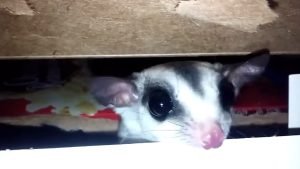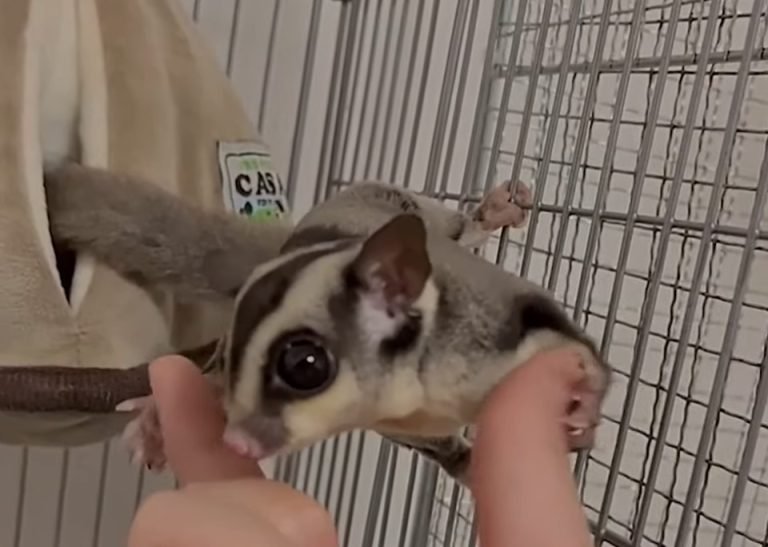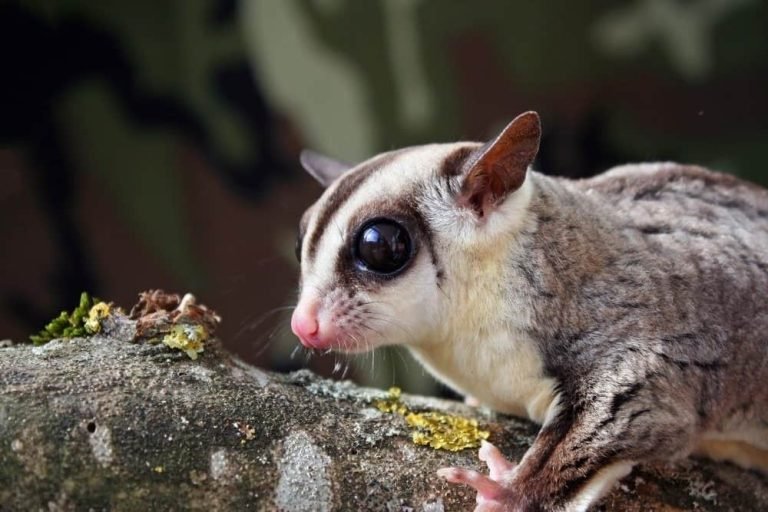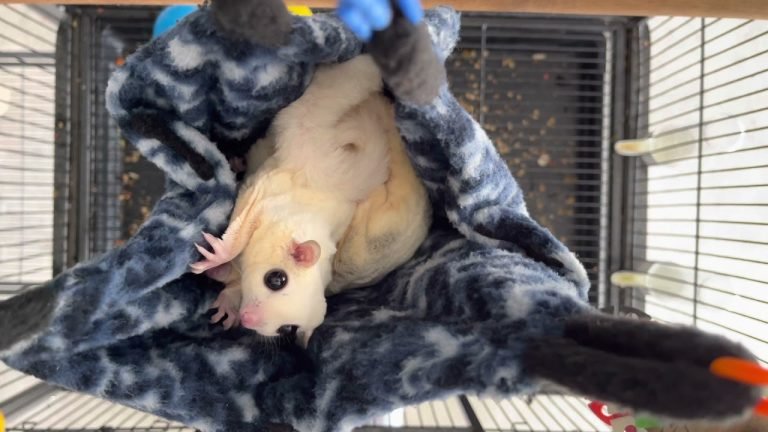Where Would A Sugar Glider Hide
Where Would a Sugar Glider Hide?
The sugar glider, a small and nocturnal marsupial, is known for its gliding abilities and tree-dwelling lifestyle. But where exactly would a sugar glider hide in its natural habitat? Let’s dive into the world of these adorable creatures and explore their preferred hiding spots and behaviors.
Sugar gliders, native to Australia, Indonesia, and New Guinea, are found primarily in forested areas where they spend most of their lives in trees. They have several hiding strategies to ensure their safety from predators and to maintain their secretive nature. Let’s take a closer look at where a sugar glider would hide:
In Tree Hollows and Tree Cavities
Sugar gliders are opportunistic and will utilize existing tree hollows or cavities as their favored hiding spots. These hollows not only provide a safe and cozy sanctuary but also offer protection from the elements. Sugar gliders will often reside in these hollows during the day, venturing out at night in search of food and social interactions.
Under Loose Bark

Another popular hiding spot for sugar gliders is underneath loose bark on trees. They have adapted claws that allow them to cling to the bark and easily slip beneath it. This tactic not only provides camouflage but also shields them from predators and adverse weather conditions. The soft, spongy layer between the bark and the tree trunk becomes their hidden refuge.
Nesting in Leafy Nests
Sugar gliders build intricate nests made of leaves, bark, and other natural materials among the dense foliage of trees. These leafy nests, called dreys, serve as their sleeping quarters during the day. Usually located high up in the canopy, these nests act as perfect hiding spots, providing concealment from potential threats.
Within Eucalyptus Tree Canopies
Eucalyptus trees are a preferred habitat for sugar gliders due to their abundance in their native regions. The dense foliage of eucalyptus trees provides an ideal hiding location for sugar gliders, enabling them to stay hidden from predators such as owls and snakes. They can effortlessly navigate through the branches and find safety within the canopy.
Amongst Vegetation and Climbing Vines
Sugar gliders are master climbers and are known to hide within the dense vegetation and climbing vines that adorn trees. The thick vegetation not only provides cover but also offers a diverse food source, as sugar gliders feed on nectar, pollen, gum, and insects found within these habitats. The abundance of food and hiding spots makes this a prime location for these gliders to retreat to.
In the Company of Their Own
Sugar gliders are highly social animals, often living in small family groups called colonies. Within these colonies, they find safety and companionship. Whether it’s a hollowed-out tree trunk or a cozy nest, sugar gliders feel more secure when surrounded by their own kind. They utilize their communal living arrangements as a way to protect and support each other.
By utilizing a combination of natural crevices, tree hollows, vegetation, and their own adaptations, sugar gliders are expert hiders within their natural habitat. These hiding strategies allow them to maintain their secretive and elusive behavior, ensuring their survival in the wild.
Frequently Asked Questions
1: Are sugar gliders afraid of humans?
Sugar gliders have become popular pets and can become accustomed to human interaction if properly socialized. In their natural habitat, sugar gliders tend to avoid encounters with humans.
2: What do sugar gliders eat in the wild?
In the wild, sugar gliders primarily feed on nectar, sap, pollen, fruits, insects, and even small vertebrates.
3: Can sugar gliders survive in captivity?
With proper care and attention to their dietary and social needs, sugar gliders can live healthy and fulfilling lives in captivity.
4: How far can sugar gliders glide?
Sugar gliders are capable of gliding distances ranging from 50 to 150 feet, using the skin membrane between their forelimbs and hindlimbs.
Final Thoughts
The secretive nature and hidden habitats of sugar gliders make them fascinating creatures to study and observe. Their ability to find hiding spots within trees, dense vegetation, and even among their own kind showcases their adaptability and survival instincts. As we continue to learn more about these remarkable creatures, let us appreciate their natural habitat and work towards their conservation and preservation for future generations to enjoy.







